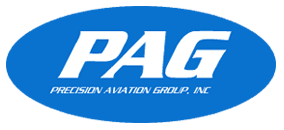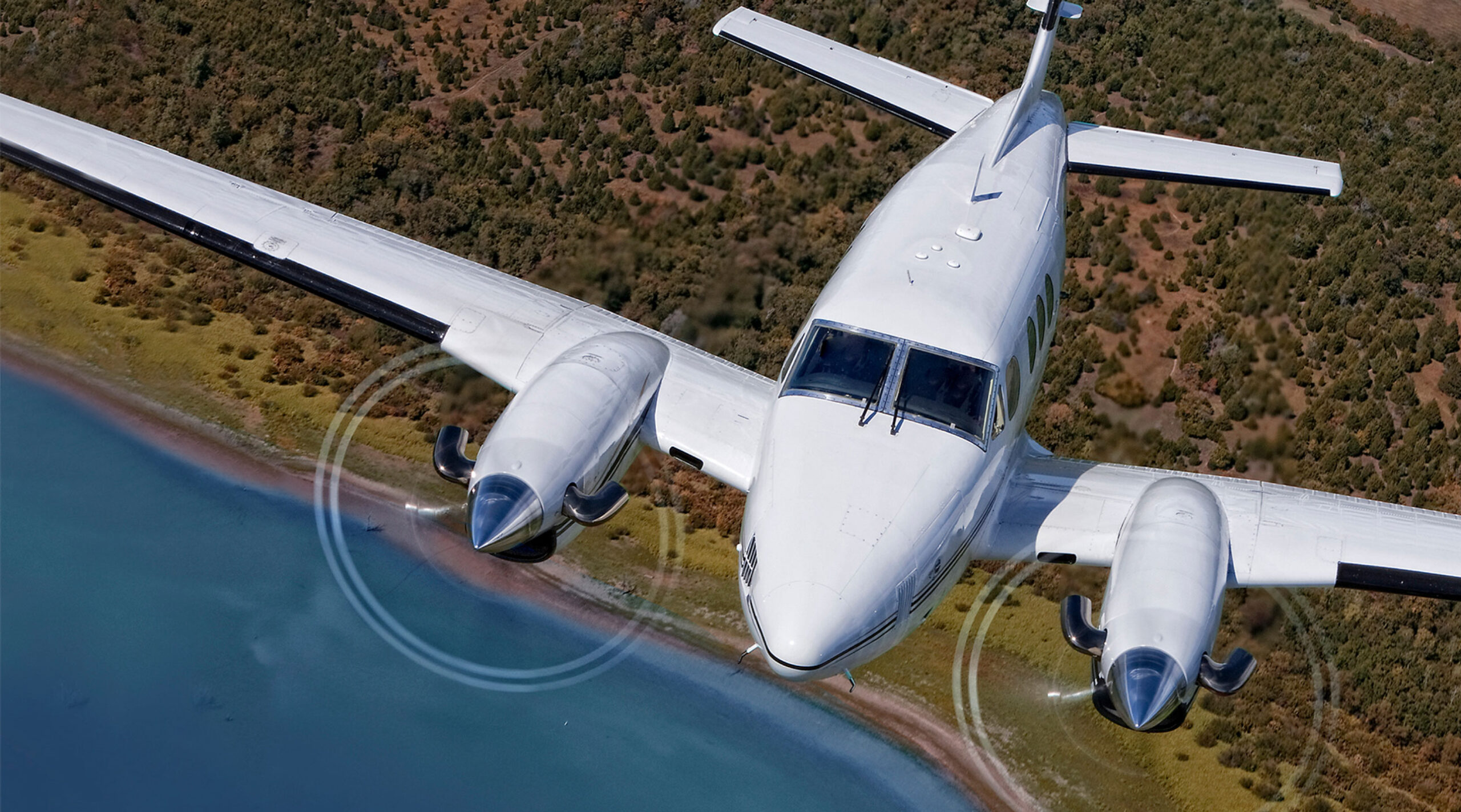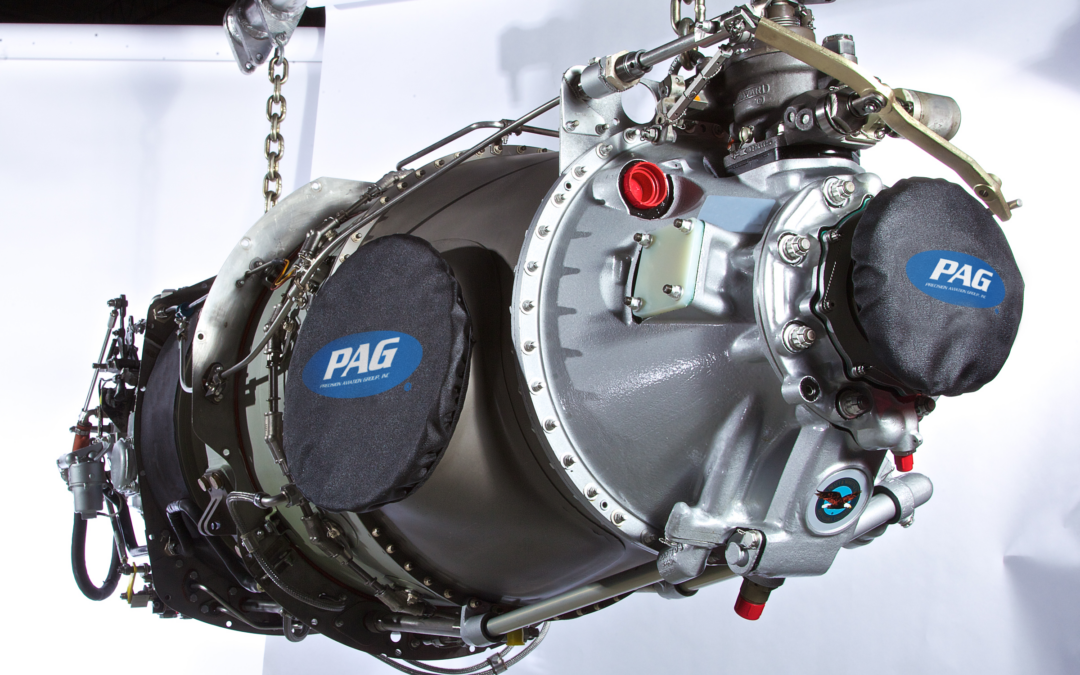Much like engineers ensure the structural integrity of buildings, Designated Engineering Representatives (DERs) uphold the integrity and reliability of airborne vehicles and systems.

Aviation DERs are highly specialized professionals appointed by civil aviation authorities, such as the Federal Aviation Administration (FAA) in the United States, to approve design changes, repairs, and alterations to aircraft and components. The role of a DER is multifaceted, integrating technical and regulatory compliance expertise to uphold rigorous standards in aviation safety.
Job One
The primary responsibility of a DER is to act as an extension of the FAA or other regulatory bodies in matters related to aircraft design and certification. They are authorized to approve data, drawings, and other technical documents that pertain to alterations or repairs of aircraft components. This authority empowers them to make critical decisions regarding the airworthiness and safety of aircraft modifications, ensuring all changes comply with established regulations and standards.
Technical Mastery
DERs are typically highly experienced engineers with deep knowledge in specific areas such as structures, avionics, powerplant systems, or other specialized fields. Their expertise allows them to assess complex engineering proposals, evaluate technical data, and provide informed recommendations or approvals. DER oversight is crucial in maintaining the integrity of aircraft designs while accommodating necessary modifications for efficiency, safety improvements, or compliance with new regulations.
Becoming a DER requires a rigorous process of certification and qualification. Individuals must demonstrate significant professional experience and expertise in their specialized area of engineering. They must also pass specific examinations and meet stringent criteria set by the regulatory authority, ensuring that only individuals with the highest levels of competence are entrusted with the responsibilities of a DER.
For example, DERs specializing in cockpit panel fabrication have comprehensive knowledge of materials, stress analysis, and structural design principles. They also keep abreast of evolving technologies and regulatory changes that impact aircraft structures. This depth of knowledge and commitment to professional development ensures that DERs effectively evaluate and approve design changes that maintain or enhance aircraft safety and performance.
People Skills
DERs serve as technical advisors, often collaborating closely with aircraft manufacturers, operators, maintenance organizations, and other aviation stakeholders. Effective communication is key to their success. They must convey complex technical requirements and regulatory nuances clearly and accurately to help aviation concerns navigate the regulatory landscape and implement changes that meet both safety standards and operational needs.
Future Outlook
DERs play a crucial role in the certification process for new aircraft designs and modifications. Their expertise is essential in verifying that proposed designs meet rigorous safety standards before they are approved for production and operational use. Rapid technological innovations in areas such as unmanned aerial systems (UAS), electric propulsion, and composite materials require DERs to stay ahead of emerging trends and adapt their expertise accordingly. As technology and regulatory frameworks evolve, DERs will remain pivotal in shaping the future of aviation safety and innovation.
PAG DER COMPANIES
Aviation Welding Technologies (AWT)
Ceral USA (CEL)
EDN Aviation (EDN)
Precision Display Repairs (PDR)
Precision Rewind Services (PRS)
Velocity Aerospace (VEL)


